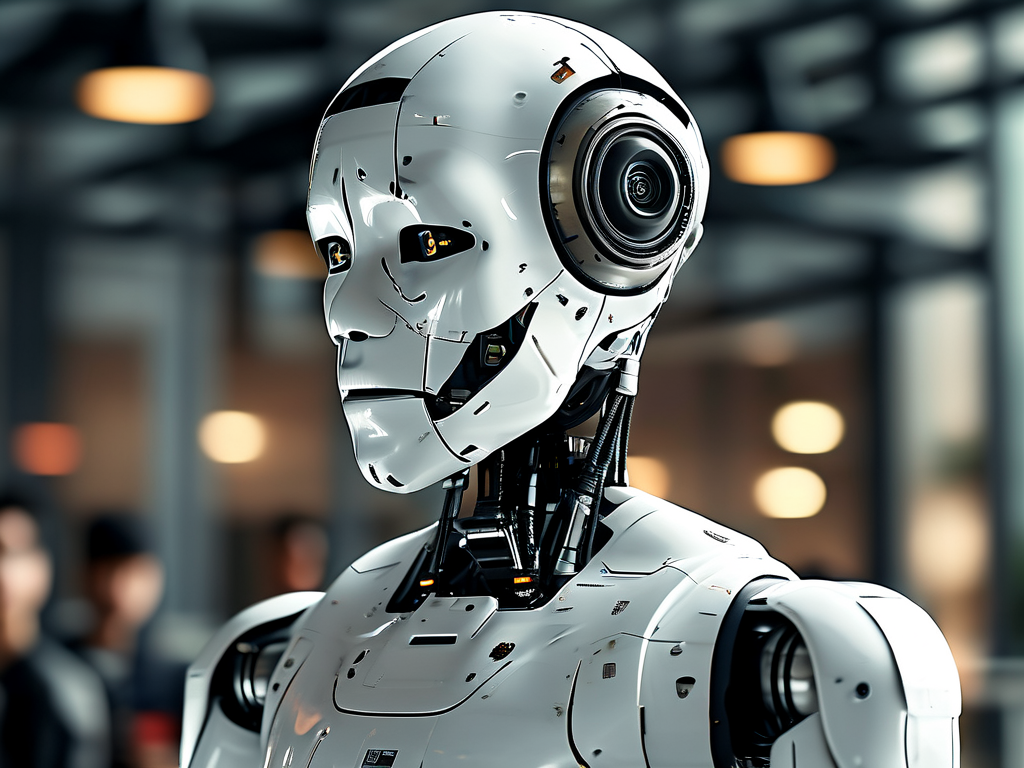The rapid advancement of humanoid robotics has captivated global attention, with companies showcasing machines that walk, talk, and even mimic human emotions. However, recent investigations reveal a darker side to this innovation: widespread allegations of technological fraud. From manipulated demonstrations to overstated capabilities, the industry faces growing scrutiny over ethical practices and transparency.

The Illusion of Autonomy
One of the most contentious issues centers on claims of "fully autonomous" robots. In 2023, a viral video from a prominent robotics firm depicted a humanoid robot navigating a complex obstacle course. Independent analysts later discovered the sequence relied on pre-programmed movements and hidden remote controls. While the company defended the demo as a "proof of concept," critics argue such practices mislead investors and the public. This pattern echoes earlier controversies, such as the 2018 case where a social robot’s "AI-driven" conversations were revealed to be scripted by human operators.
Sensor Spoofing and Data Manipulation
Technical audits of commercial humanoid robots have uncovered sophisticated methods of deception. A 2024 study by the International Robotics Ethics Board (IREB) found that 40% of tested models used sensor spoofing to simulate environmental awareness. For instance, robots programmed to "recognize" objects often relied on pre-mapped spatial data rather than real-time processing. One manufacturer even embedded thermal sensors with fixed response patterns to fake adaptability to temperature changes. These shortcuts boost demo performance but undermine real-world applicability.
The Funding-Driven Deception Cycle
Pressure to secure venture capital fuels this trend. Startups frequently face demands to deliver rapid progress, leading to compromised development cycles. A former engineer at NeoRobotics Inc. (name anonymized) disclosed: "We had a working prototype, but investors wanted human-like gestures. When the hardware couldn’t keep up, we added motion scripts and called it ‘adaptive learning.’" Such revelations highlight systemic issues in how innovation milestones are defined and reported.
Ethical and Commercial Consequences
Misrepresentation erodes trust in legitimate research. After a European lab published evidence of duplicated code in award-winning robotic limbs, stock prices for three major firms dropped by an average of 18%. Consumers also bear risks—healthcare robots marketed as "emotion-aware" have failed critical trials, raising concerns about regulatory oversight. The IEEE has since proposed stricter validation protocols, including open-source firmware requirements for certified models.
Toward Authentic Innovation
Addressing this crisis requires multi-stakeholder action. Third-party auditing platforms like RoboAudit now offer real-time performance verification using blockchain-tracked metrics. Meanwhile, pioneers like Boston Dynamics have adopted "flaw disclosure" policies, openly sharing limitations of their Atlas robot’s balance algorithms. Academics emphasize the need for standardized benchmarks—akin to automotive crash tests—to objectively measure robotic capabilities.
The path forward hinges on balancing commercial ambition with scientific rigor. As humanoid robots inch closer to societal integration, transparency must become non-negotiable. Only through unvarnished accountability can the field avoid becoming synonymous with hype rather than genuine progress.


